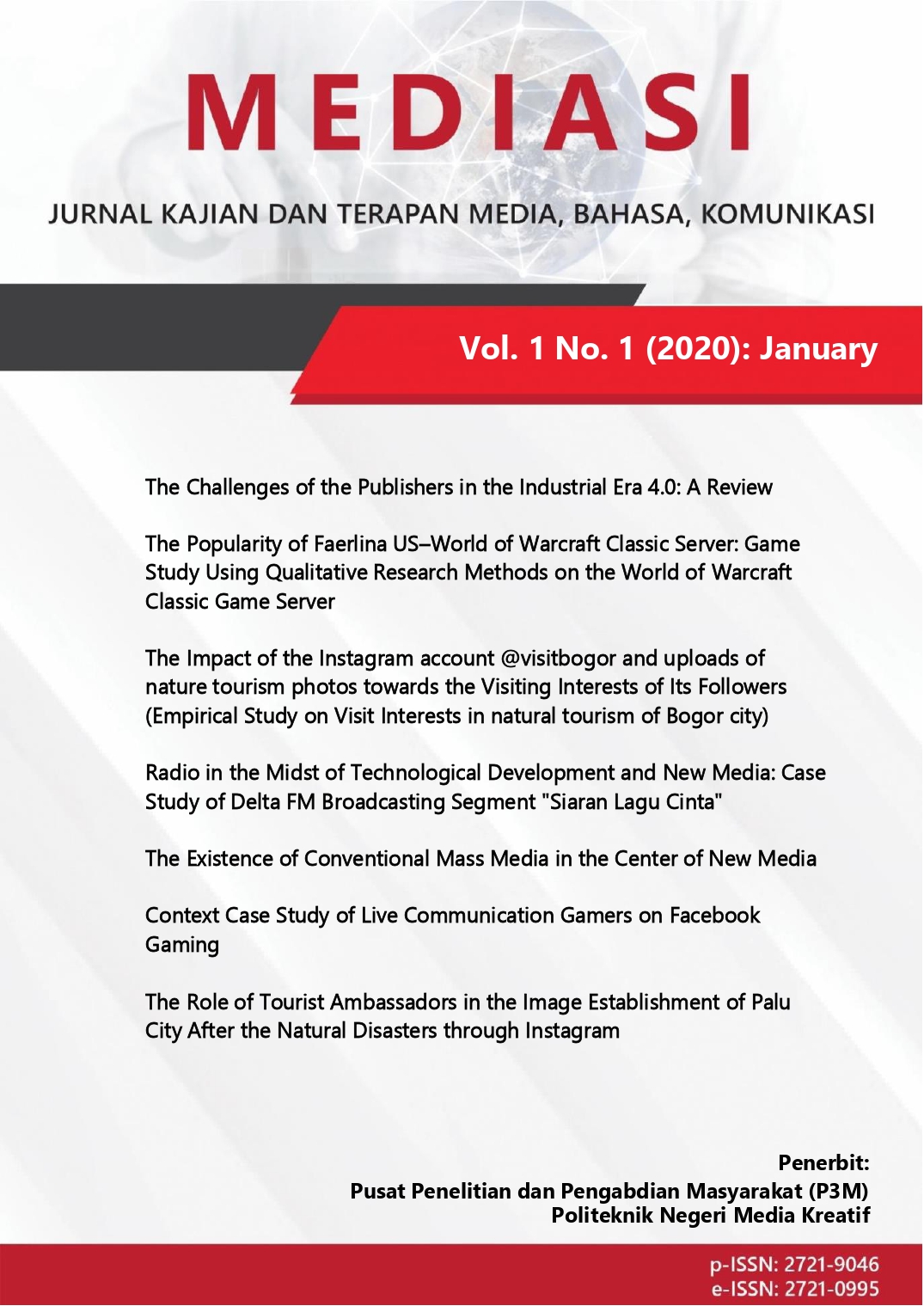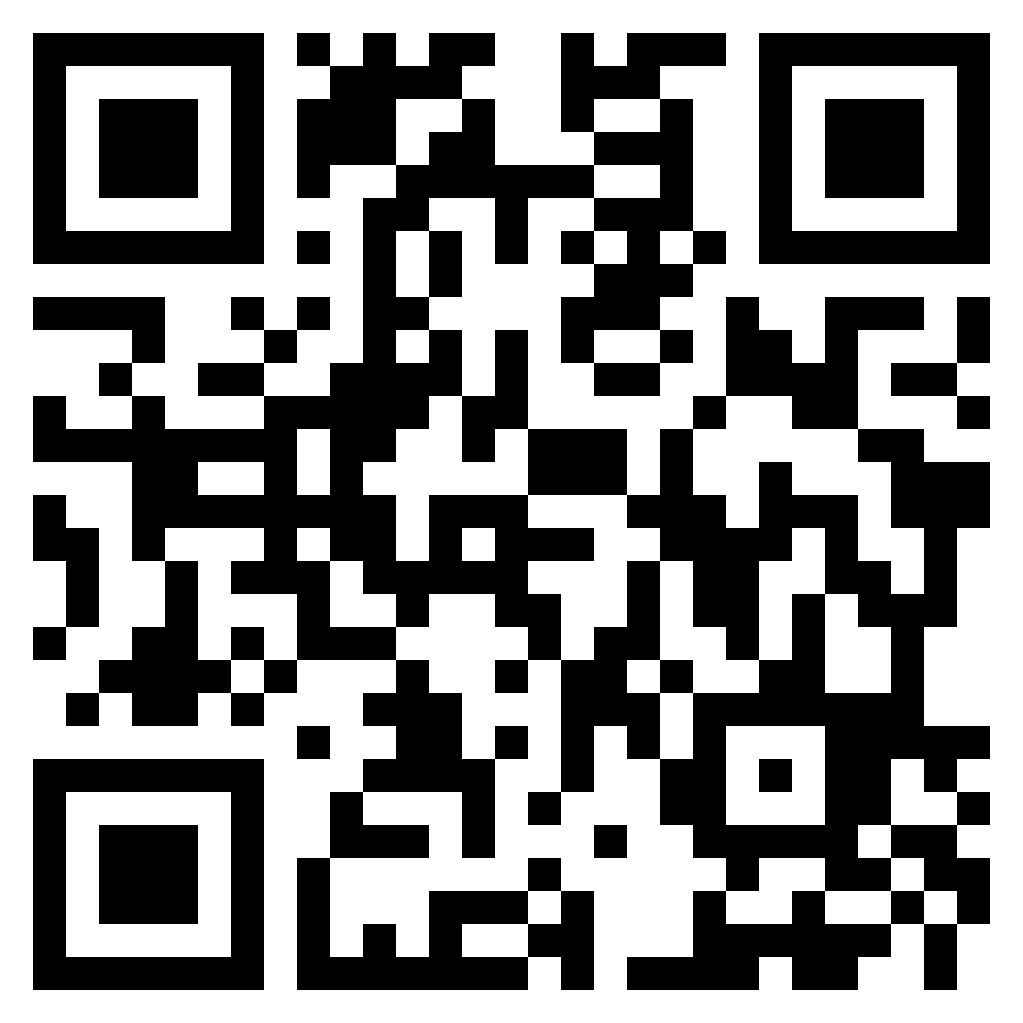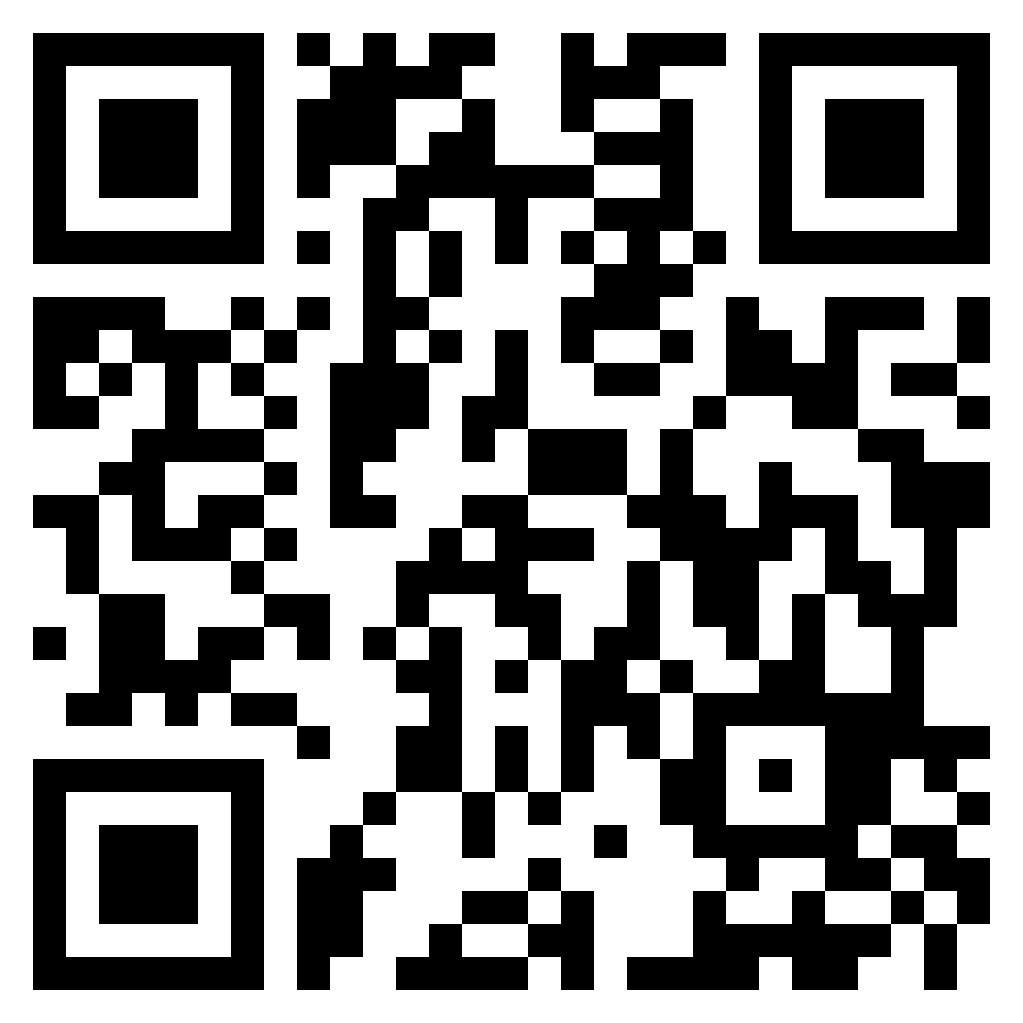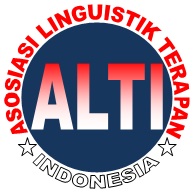The Challenges of the Publishers in the Industrial Era 4.0: A Review
DOI:
https://doi.org/10.46961/mediasi.v1i1.397Keywords:
Publishing professionals, Disruption, Publishing 4.0, Transformation,Abstract
The era of industry 4.0 is a digital revolution characterized by the fusion or collaboration between cyber and automation technology. Not only in production processes, but also in almost all parts of economic value chains thus new business model based on digital technology to achieve high efficiency and better quality is created. As a part of creative industry, publishing faces the development and demand to change brought by industry 4.0, from business model, product and services innovation, to marketing and target users. This paper explains the development, challenge, opportunity, and effort related profession disruption faced by publishing professionals in industry 4.0 era. The review in this paper was done by conducting literature and empirical studies. The result shows that publishing professionals must strive to transform mindset and work process in publishing world. Those transformation can be achieved by competency improvement through increasing knowledge in publishing management, building coopetition between fellow publishing professionals, and consistent orientation for users’ needs. It is important for publishing professionals to view this phenomenon as a challenge that brings many possibilities for the development towards publishing 4.0Â
References
Audiobooks remain fastest growing sector in digital publishing. (2018). The Publishers Association. Diakses pada 5 November 2019 dari https://www.publishers.org.uk/news/releases/2018/audiobooks-remain-fastest-growing-sector-in-digital-publishing/.
Baenanda, L. (2019). Mengenal lebih jauh revolusi industri 4.0. Diakses pada November 5, 2019, from https://binus.ac.id/knowledge/2019/05/mengenal-lebih-jauh-revolusi-industri-4-/.
Bayu, D. J. (2018, November 19). Menaker: 56% pekerjaan berpotensi hilang akibat disrupsi teknologi. Katadata.Co.Id. Diakses dari https://katadata.co.id/berita/2018/11/19/menaker-56-pekerjaan-berpotensi-hilang-akibat-disrupsi-teknologi.
Blechner, D. (2017). Top 5 successful self-published authors. Diakses pada November 9, 2019 dari https://www.linkedin.com/pulse/top-5-successful-self-published-authors-daniella-blechner.
Cheeks, B. S. (2016). Disruption of traditional book publishers. Diakses pada 8 November 2019 dari https://www.slideshare.net/bencheeks/disruption-innovation-and-traditional-book-publishers.
Christensen, C. M. (1997). The innovator’s dilemma: When new technologies cause great firms to fail. Massachusetts: Harvard Business School Press.
D’souza, R. (2018). A guide to internet of things in publishing: Implementation IoT in publishing. Diakses dari https://suyati.com/blog/a-guide-to-internet-of-things-in-publishing/.
Fahsel, J., Hagenhoff, S., & Heinold, E. F. (2017). Publishing 4.0 chancen, anforderungen, konzepte denkzeug 2017: cross-, hybrid-media und digital content-services. Diakses pada 10 November 2019 dari http://docplayer.org/79133374-Publishing-4-0-chancen-anforderungen-konzepte-denkzeug-2017-cross-hybrid-media-und-digital-content-services.html.
Hart, C. (1998). Doing a literature review: Releasing the social science research imagination. London: SAGE Publications.
Heinold, E.F., Fahsel, J., & Philipzen, M. (2017). Industrie4.0 –Publishing 4.0. Workshop Publishing 4.0. Heinold, Spiller & Partner Unternehmensberatung GmbH.
Hong, G. (2018). Future of publishing: Challenges and opportunities for publishers. Diakses pada 11 November 2019 dari https://bisg.org/news/405374/Future-of-Publishing-Challenges-and-Opportunities-for-Publishers.htm.
Hviid, M., Jacques, S., & Sanchez, S. I. (2017). From publishers to self-publishing: The disruptive effects of digitalisation on the book industry. CREATe Working Paper Series DOI:10.5281/zenodo.321609.
Jaison, T. (2018). The need for a digital makeover in the publishing industry. Diakses pada 10 November 2019 dari https://suyati.com/blog/the-need-for-a-digital-makeover-in-the-publishing-industry.
Karimi, J., & Walter, Z. (2015). The role of dynamic capabilities in responding to digital disruption: A factor-based study of the newspaper industry. Journal of Management Information Systems, 32(1), 39–81. https://doi.org/10.1080/07421222.2015.1029380
Kasali, R. (2017). Disruption. Jakarta: Gramedia Pustaka.
Maxim, A., & Maxim, A. (2012). The role of e-books in reshaping the publishing industry. Procedia-Social and Behavioral Sciences, 62, 1046–1050. https://doi.org/10.1016/j.sbspro.2012.09.178
Nashihuddin, W., & Suryono, F. (2018). Tinjauan terhadap kesiapan pustakawan dalam menghadapi disrupsi profesi di era library 4.0: Sebuah literatur review. Khizanah Al-Hikmah : Jurnal Ilmu Perpustakaan, Informasi, dan Kearsipan, 6(2), 86. https://doi.org/10.24252/kah.v6i2a1
Overdorf, M., & Barragree, A. (2001). The impending disruption of the publishing industry. Publishing Research Quarterly, 17(3), 3–18. https://doi.org/10.1007/s12109-001-0027-y
Pambudi, H. (1981). Pedoman Dasar dan Teknik Penerbitan Buku. Jakarta: Pustaka Sinar Harapan.
Priyanto, I. F. (2018). Menghadapi era normal baru. Kolom Opini, Kompas.
Rambatan, G. B. Ekonomi kreatif: Rencana Pengembangan Penerbitan Nasional 2015-2019. Jakarta: PT Republik Solusi.
Ramelan. (n.d.). Menjawab tantangan dunia penerbitan. Diakses pada 10 November 2019 dari https://ppm-manajemen.ac.id/blog/artikel-manajemen-18/post/menjawab-tantangan-dunia-penerbitan-1420.
Revolusi Industri 4.0: Pengertian, Sejarah, Ciri dan Penerapannya. (2019). Diakses pada 29 Agustus 2019 dari https://jurnalmanajemen.com/revolusi-industri-4-0/
Sabdarini, R. T. (2016). Creative economy outlook 2019 (indonesia version). Diakses pada 10 November 2019 dari http://www.bekraf.go.id/ berita/page/17/opus-creative-economy-outlook2019-indonesia-version.
Shuttleworth, M. (2009). Systematic reviews. Diakses pada 24 Oktober 2019 dari https://explorable.com/systematic-reviews.
Skog, D. A., Wimelius, H., & Sandberg, J. (2018). Digital Disruption. Business & Information Systems Engineering, 60(5), 431–437. https://doi.org/10.1007/s12599-018-0550-4.
Stephens, M., Wedaman, D., Freeman, E., Hicks, A., Matthews–DeNatale, G., Wahl, D & Spiro, L. (2014). Academic 15: Evaluating library and IT staff responses to disruption and change in higher education. First Monday, Volume 19, Number 5 - 5 May. doi: http://dx.doi.org/10.5210/fm.v19i5.4635.
Suyati Technologies. (n.d.). The impact of digital transformation in publishing: Challenges and tech tips. Diakses dari https://suyati.com/whitepaper/impact-of-digital-transformation-in-publishing/.
Tat Keh, H. (1998). Evolution of the book publishing industry. Journal of Management History (Archive), 4(2), 104–123. Diakses dari https://doi.org/10.1108/13552529810219593.
The evolution of publishing. (2014). Diakses pada November 4, 2019 dari https://docx.co.za/the-evolution-of-publishing-infographic-23062014/.
Wahono, R. S. (2016). Literature review: Pengantar dan metode. Diakses pada 25 Oktober 2019 dari romisatriawahono.net/2016/05/07/literature-review-pengantar-dan-metode/.
Downloads
Published
How to Cite
Issue
Section
Citation Check
License
You are free to:
- Share — copy and redistribute the material in any medium or format
- Adapt — remix, transform, and build upon the material
- The licensor cannot revoke these freedoms as long as you follow the license terms.
Under the following terms: Attribution; NonCommercial; and no additional restrictions.















